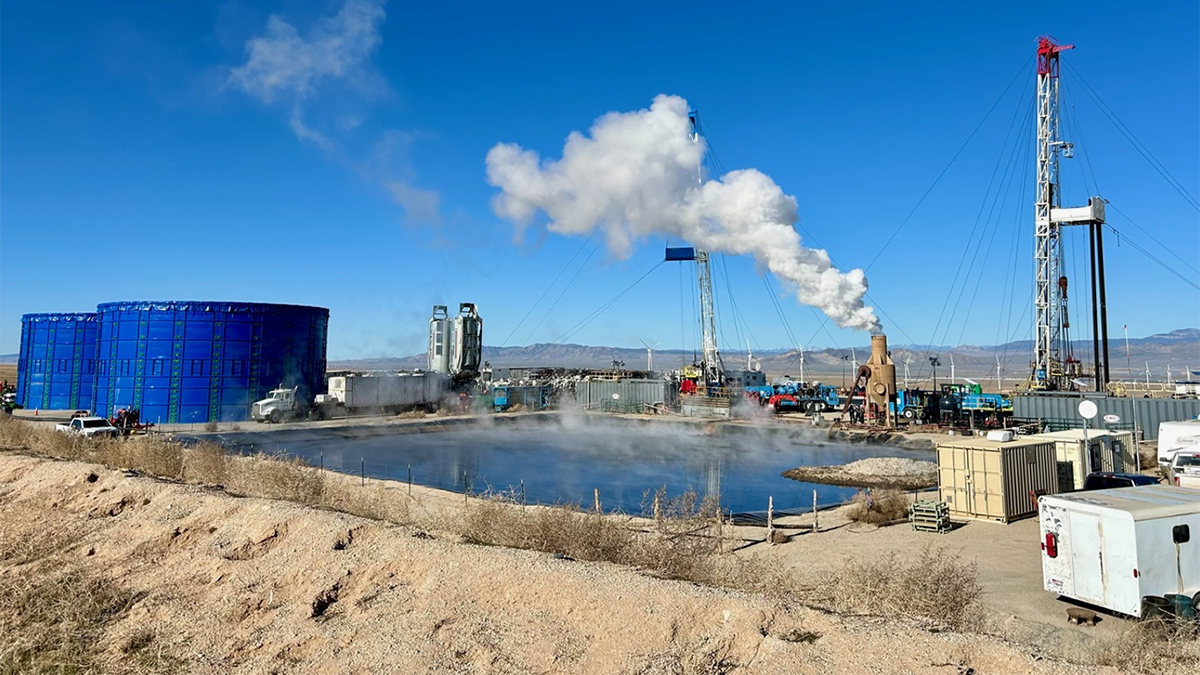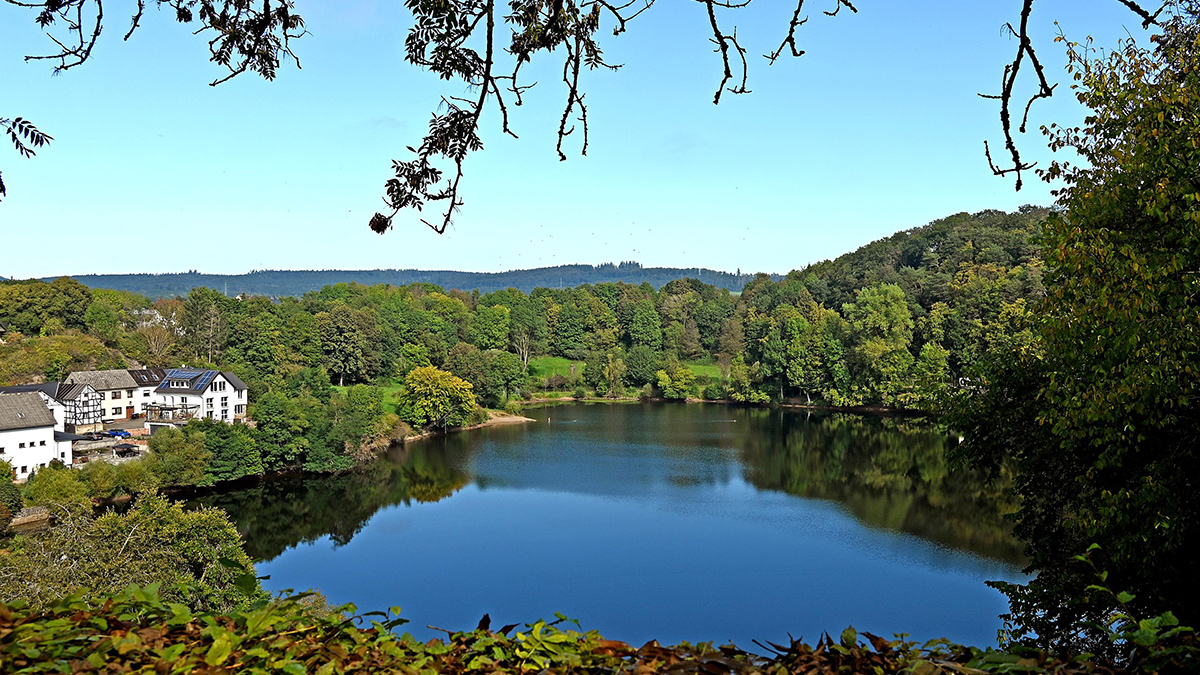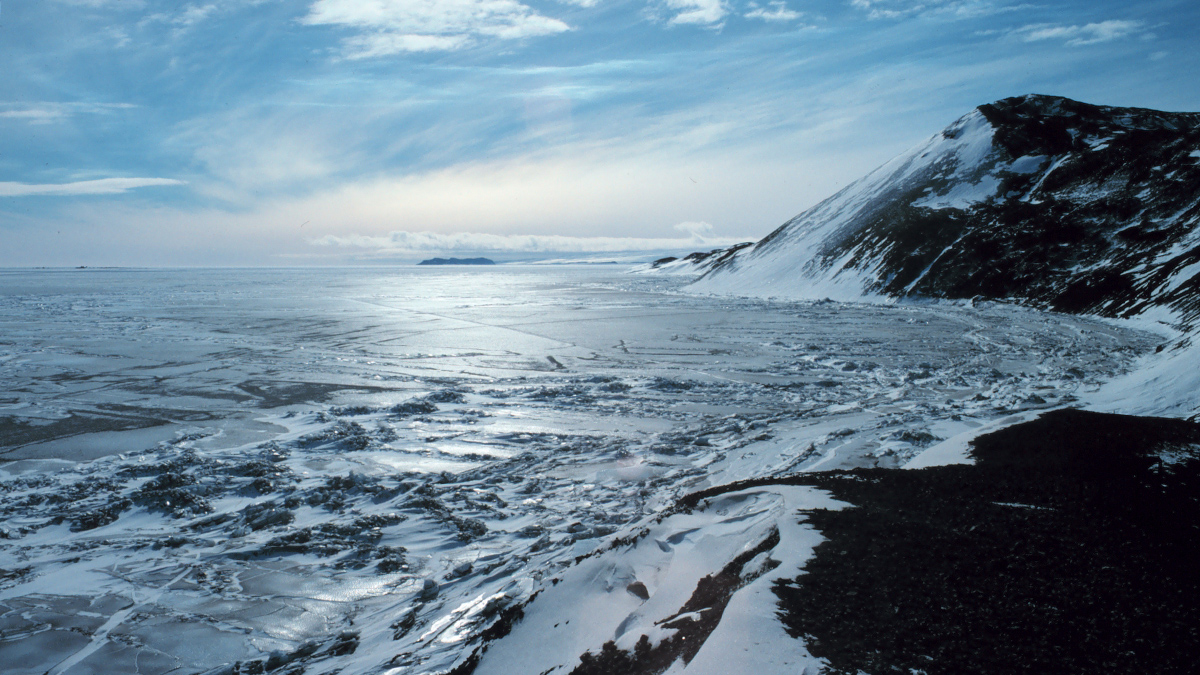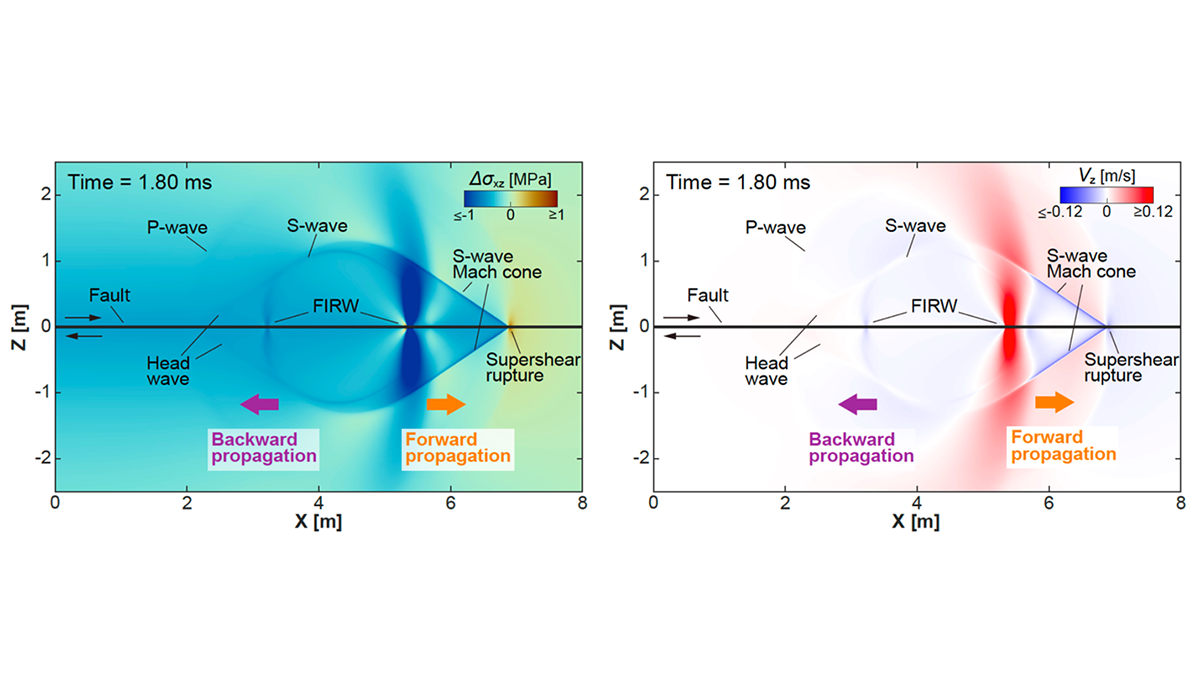Consolidating state-of-the-art science into guidelines provides a path forward for managing induced seismicity risks and highlights avenues for future research.
Earth science
Six Thousand Years of Controlled Burning, Up in Smoke?
By disrupting millennia-old fire management practices, colonization created a deadly situation in Australian forests, but the jury is out on just how widespread “cultural burning” was.
A New Tornado Database Helps Researchers Worldwide
Thanks to unique geography and atmospheric conditions, the United States is a tornado hot spot, but these deadly whirlwinds also hit Africa, Asia, and Latin America.
Antarctic Ice Melt May Fuel Eruptions of Hidden Volcanoes
More than 100 volcanoes lurk beneath the surface in Antarctica. Ice sheet melt could set them off.
Magmatic Fluids and Melts May Lie Beneath Dormant German Volcanoes
New processing strategies applied to old seismic data reveal potential pockets of magmatic fluids or melts from the upper mantle.
Improving Earthquake Early Warning Access for the Deaf Community
Earthquake early warning systems are rarely accessible to people who are deaf or hard of hearing. A group of scientists is working to change that.
Our Favorite Science Stories of 2024
What Earth and space science stories stood out this year?
Massive Antarctic Icebergs May Calve at Random
The first analysis of extreme calving events in Antarctica finds no correlation with climate change, highlighting the significance of common, smaller calving events for ice loss and instability.
Cold Days Bring Fast Ice
Thirty-seven years of observations reveal the meteorological conditions that lead to persistent, thick fast ice in Antarctica.
Rewinding the Fault: Stress Perturbations Promote Back-Propagating Ruptures
Free surface reflection and fault geometric asperities can excite backward propagation in the form of an interface wave or high-order re-rupture.










